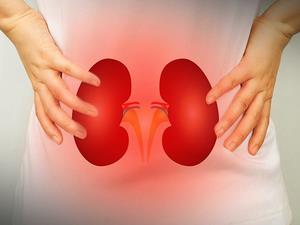
How Damaged Cells Behave After Acute Kidney Disease
AKI is a serious global health hazard, especially community-acquired AKI (CA-AKI).
In nations like India, the International Society of Nephrology's "0 by 25" slogan, with the goal to eliminate unnecessary fatalities from AKI to zero by 2025 is unachievable, presumably because there is a dearth of information and action to address this pressing public health concern, especially in third world countries that struggle with the most basic of needs, owing to factors like low GDP, income disparity, less access to resources, etc.
A study using a cutting-edge tool called seqFISH, developed by University of South California and Caltech, has found that over 1,000 genes in damaged kidney tissue can be analysed. The researchers identified micro-environments associated with injury and predicted cellular interactions associated with the progression to chronic kidney disease (CKD). This could help identify targets for preventing kidney failure and CKD.
Scientists have identified a pathological micro-environments in the kidney's outermost layer, which they named"ME-5," which contains a proximal tubule cell (PT) -- the cell that filters waste from blood, located in the kidneys, vulnerable to injury.
In ME-5, injured PTs and fibroblasts exchange signals promoting inflammation and fibrosis.
Another injury-associated micro-environments, dubbed "ME-16", contains tertiary lymphoid structures -- a place in the body where immune cells gather to fight diseases, contributing to chronic inflammation, distributed throughout the injured organ, which is what makes things worse in patients, because it does not stay in one place only, it spreads to other organs in the vicinity, making things much more debilitated for the patient.
We're ecstatic that advances in technology have made it possible to comprehend kidney illness and injury on a deeper level. The value of interdisciplinary and cross-institutional cooperation in advancing biomedical research is demonstrated by this study, although further experiments like this will help cement this as a reliable treatment, Dr. Long Cai, a Professor of Biology and Biological Engineering at Caltech noted.

Legal Disclaimer:
MENAFN provides the
information “as is” without warranty of any kind. We do not accept
any responsibility or liability for the accuracy, content, images,
videos, licenses, completeness, legality, or reliability of the information
contained in this article. If you have any complaints or copyright
issues related to this article, kindly contact the provider above.


















Comments
No comment